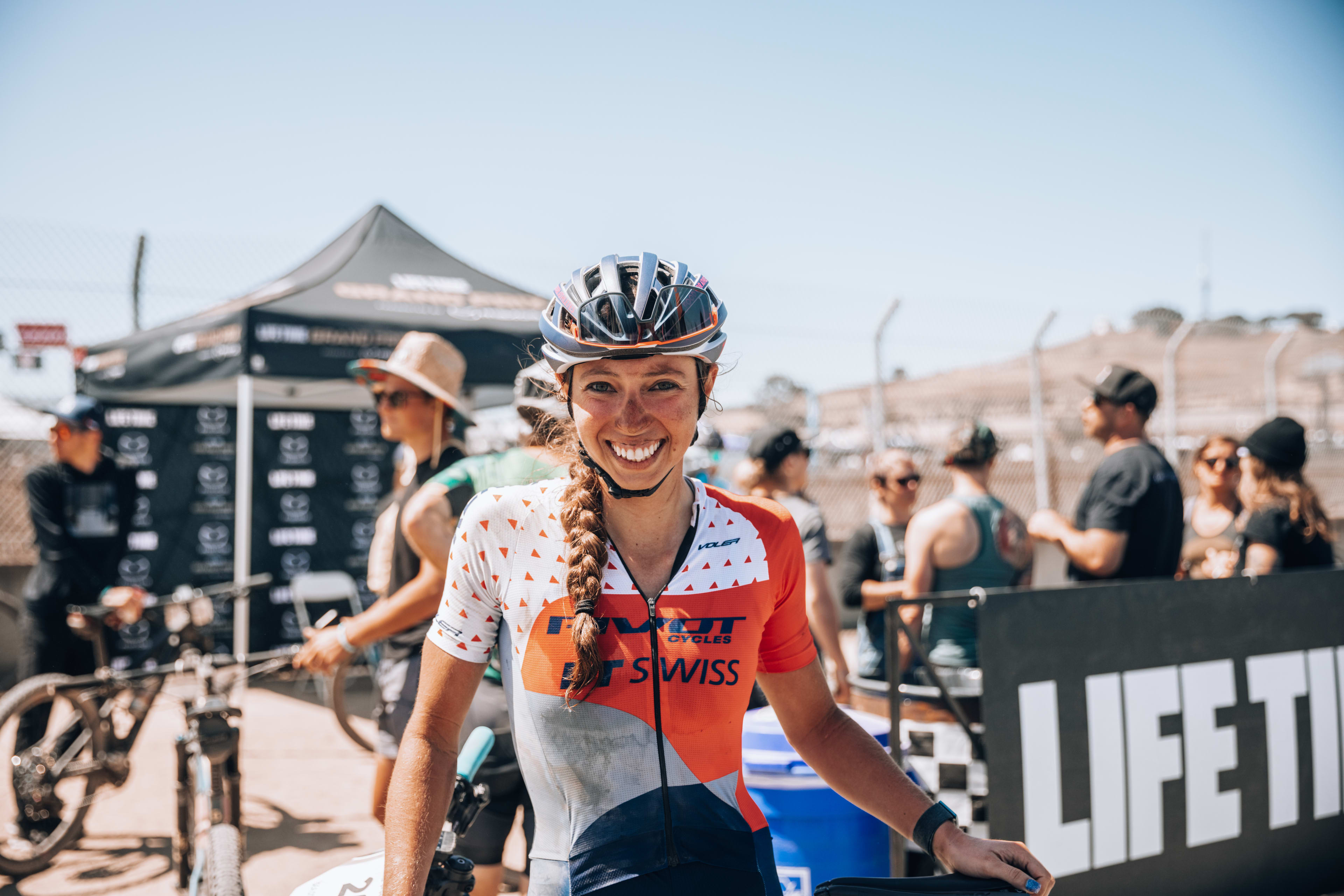
In the wake of a massive victory at the Leadville 100, Hannah Otto wrote a piece on her nutrition for the race. Check out what she did to fuel her performance and capture an amazing result in one of the toughest off-road races in the country.
Check out what Hannah Otto says fueled her performance to capture an amazing result in one of the toughest off-road races in the country: The Leadville 100.
My Leadville 100 Nutrition and Strategies to Avoid Bonking
I was still 35 miles from the finish of the Leadville 100. I had just rolled away from the 2nd place rider and took the lead. I could see long empty roads ahead of me. I could feel the nervous excitement inside of me at the idea that winning might be in the cards. Winning the Leadville 100 would be an emotional experience. It would be so much hard work and perseverance shining through on a single day. It would be celebrations, and smiles, and hugs. It wasn’t something I was going to give away to a bonk.
Stomach upset and bonking are all too common experiences at Leadville. The race is basically designed for it. High altitudes can suppress your hunger response and even make it difficult to eat. At the same time, at that extreme of altitude your body works harder just to survive and your basal metabolic rate increases. That means that the amount of calories you spend while resting increase at altitude. An increased need of calories and a decreased desire to eat are a recipe for disaster on such a physically demanding course.
The term ‘bonking’ may not be common vernacular around your office, but if you hang out with cyclists enough you’ll get pretty used to the term. It’s a colloquial term used to describe when you use up your glycogen stores during physical activity and enter into a state of low blood sugar. If you’ve every experienced it, then you know, it’s not fun. Bonking is not just setting too fast of a pace to start and massively slowing down at the end. Bonking is not leg cramps or extreme fatigue. The sensations that common along with a true lack of energy can feel pretty extreme. Your muscles begin to refuse to work, you feel an overall sense of total weakness, may even become lethargic or dizzy. I’ve seen racers get turned around on courses due to the confusion brought on by an extreme bonk. As an athlete, I’m train to suffer through anything I can in order to secure a result. I’ll push through fatigue, pain, cramps, etc, but I know that try as I might a bonk will likely leave me just limping to the finish, unable to match any pace.
As I entered the final hours of Leadville, I trusted my training to take me to the finish line at my desired speed, but I knew I needed to fuel my body with the necessary nutrition to get me there. Eating became one of my number one priorities. Here were some of my strategies:
1. Listen to Science Not Sensation
Before the race, I set a nutrition goal. Just like a pacing goal, I had a goal of how much I would consume every hour throughout the race. Just like pacing, I set this goal based on what I had worked up to in training and what I knew my body could handle. For me, that was 60-80 grams of carbohydrates per hour. There were definitely times during the race that my body told me it didn’t want to eat anymore or even felt uncomfortable, but instead of listening to those sensations I stuck with my plan and continued to consume the energy I knew I needed.
2.Variety of Texture and Flavor
Since I knew that there would come a time when my stomach attempted to rebel against me, I planned a variety of textures and flavors so that I could negotiate with myself during the race. For example, “You don’t want to eat a gel right now, that’s ok. We’ll eat some blocks instead.” During the race I switched between Cola and Vanilla Gu’s, Maurten gels, Gu chews, and Skratch drink mix. This has been something I have loved about working with The Feed this year; the ability to mix and match nutrition with lots of variety.
3. Back-up Plans
Even though I had a little bit of variety in my pocket, I still have some back up options in the feed zone, just in case I wanted something drastically different. I had some Betty Lou pie bars available and some salty options as well in case my taste desires changed drastically. Remember, it never hurts to have more available in the feed zone. You don’t have to take it with you.
4. Eat Until the Finish
It can be really tempting in an event like Leadville to fall off of the nutrition plan as you get close to the finish. You have to resist that urge. First of all, the finish is never as close as you think it is and you’ll recover more quickly if you aren’t finishing on empty. I ate my last Gu with 5 miles to go.
5. Refuel Fast
Lastly, it’s important that you refuel quickly. After a long race your stomach can feel funny and your desire to celebrate your triumph can trump all else. Try to get in some good nutrition right away so that you set your body on a good path toward recovery. Chocolate Skratch recovery mix was perfect between sips of Champagne.
Photo: @photowil
